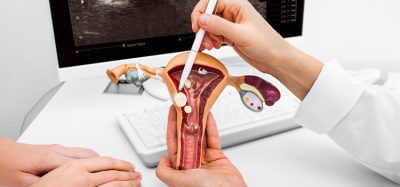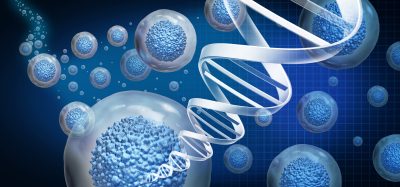Scientists generate a mouse embryo model that develops neural tubes
Posted: 7 September 2022 | Ria Kakkad (Drug Target Review) | No comments yet
The new mouse embryo model system promises to spur research into developmental health and disease.


Scientists from the California Institute of Technology, US and the University of Cambridge, UK have generated a mouse embryo model, or embryoid, that develops beyond neurulation — formation of the neural tube, which gives rise to the central nervous system — and closely mirrors natural mouse embryos 8.5 days after fertilisation. These mouse embryoids offer a promising model system for research into factors affecting mammalian embryonic development and disease. The study was recently published in Nature.
To assemble the mouse embryoids, the researchers combined mouse embryonic stem cells (ESCs) with two types of mouse extraembryonic stem cells that give rise to the yolk sac and placenta. This combination enabled development of all brain regions, in contrast to embryo models that are derived from ESCs alone and lack extraembryonic tissue. The resulting mouse embryoids also developed a neural tube flanked by somites — precursor cells that give rise to the vertebrae, skeletal muscle, cartilage and other structures. The mouse embryoids had a gut tube and precursor cells for formation of sperm. The whole structure developed within a yolk sac that formed blood islands, structures in which blood cells are formed to support the embryo and contribute to the circulatory system.
Additionally, the neural tube of the mouse embryoids responded to a developmental challenge much like the neural tube of natural mouse embryos. The scientists assessed the effects of a lack of Pax6, a protein required for brain and eye development. The neural tubes of mouse embryoids assembled with mouse ESCs lacking Pax6 appeared identical to those that develop in natural mouse embryos lacking Pax6. The authors conclude that mouse embryoids can serve as an experimental model to dissect the genetic and epigenetic factors that regulate development and to screen for the effect of chemicals on mammalian embryo development.
Related topics
Disease Research, Stem Cells
Related conditions
mammalian embryonic disease
Related organisations
California Institute of Technology, University of Cambridge







